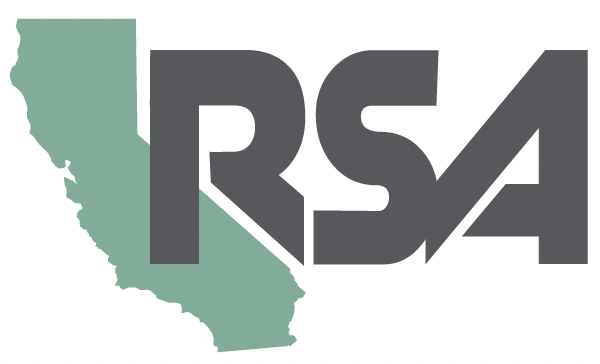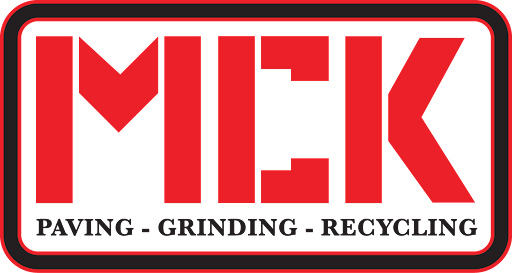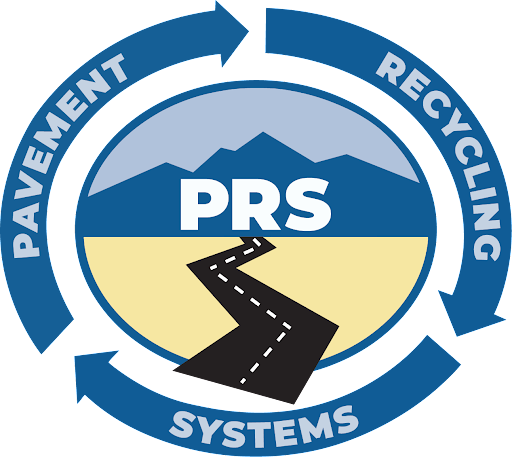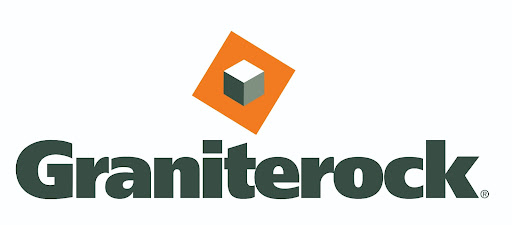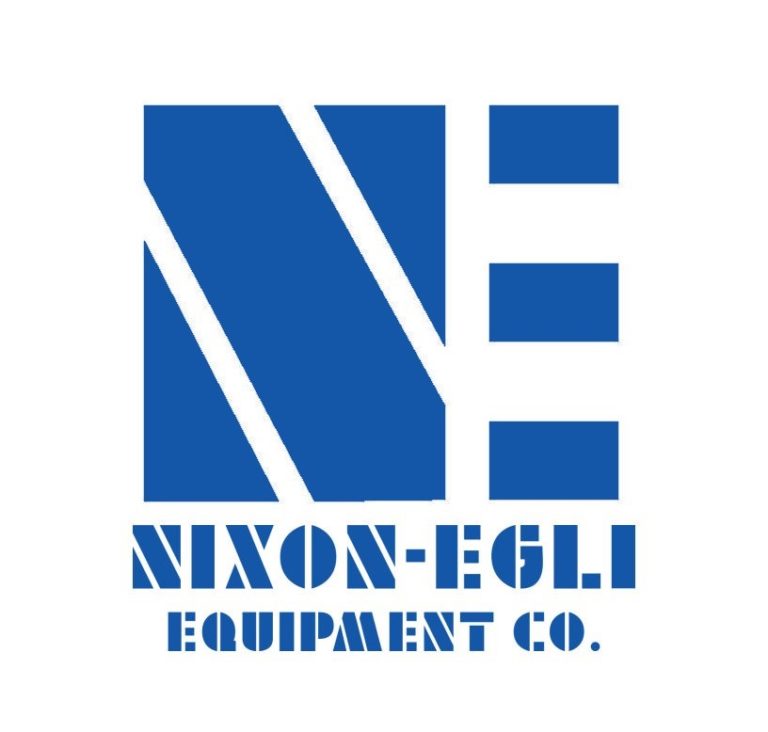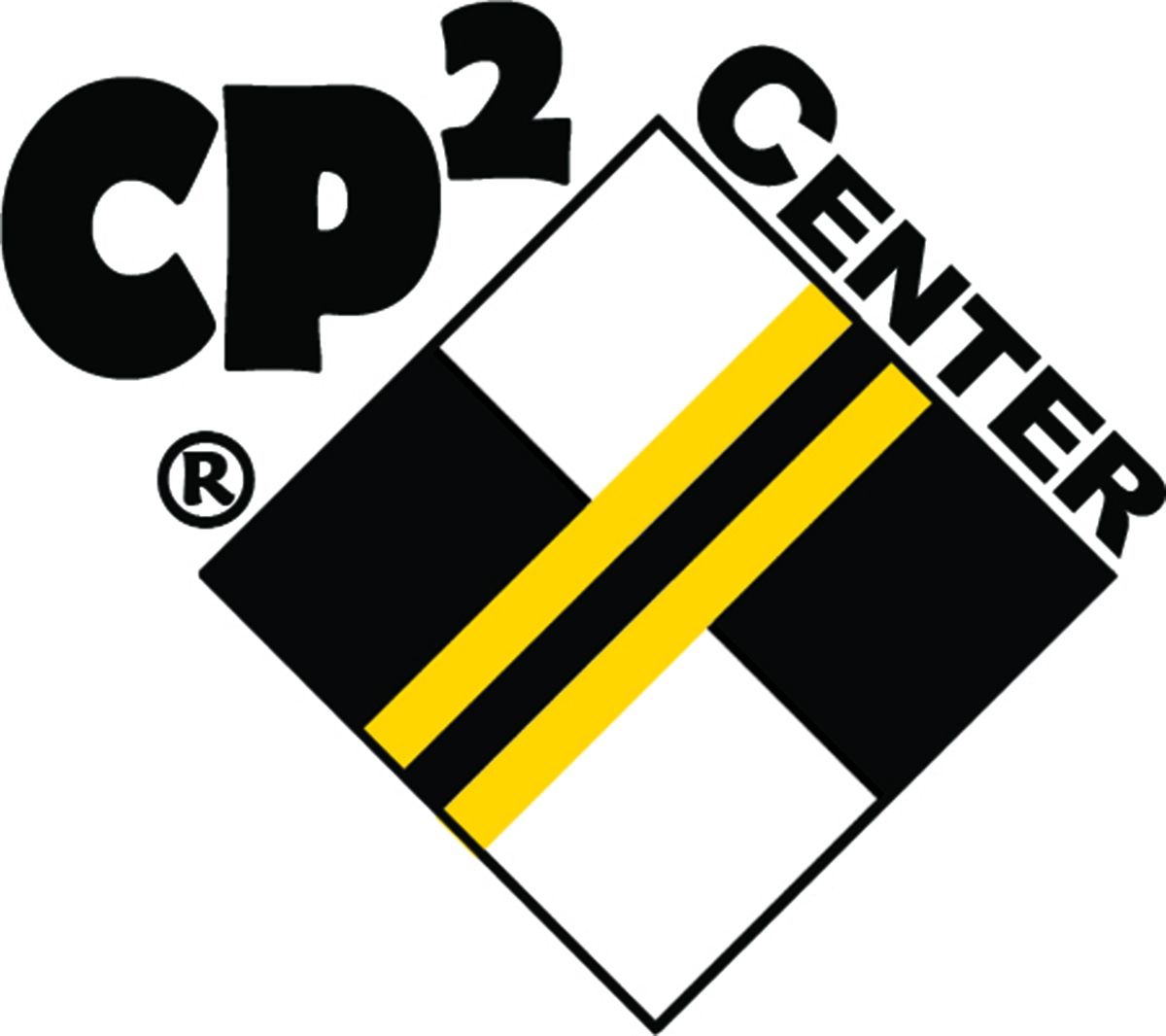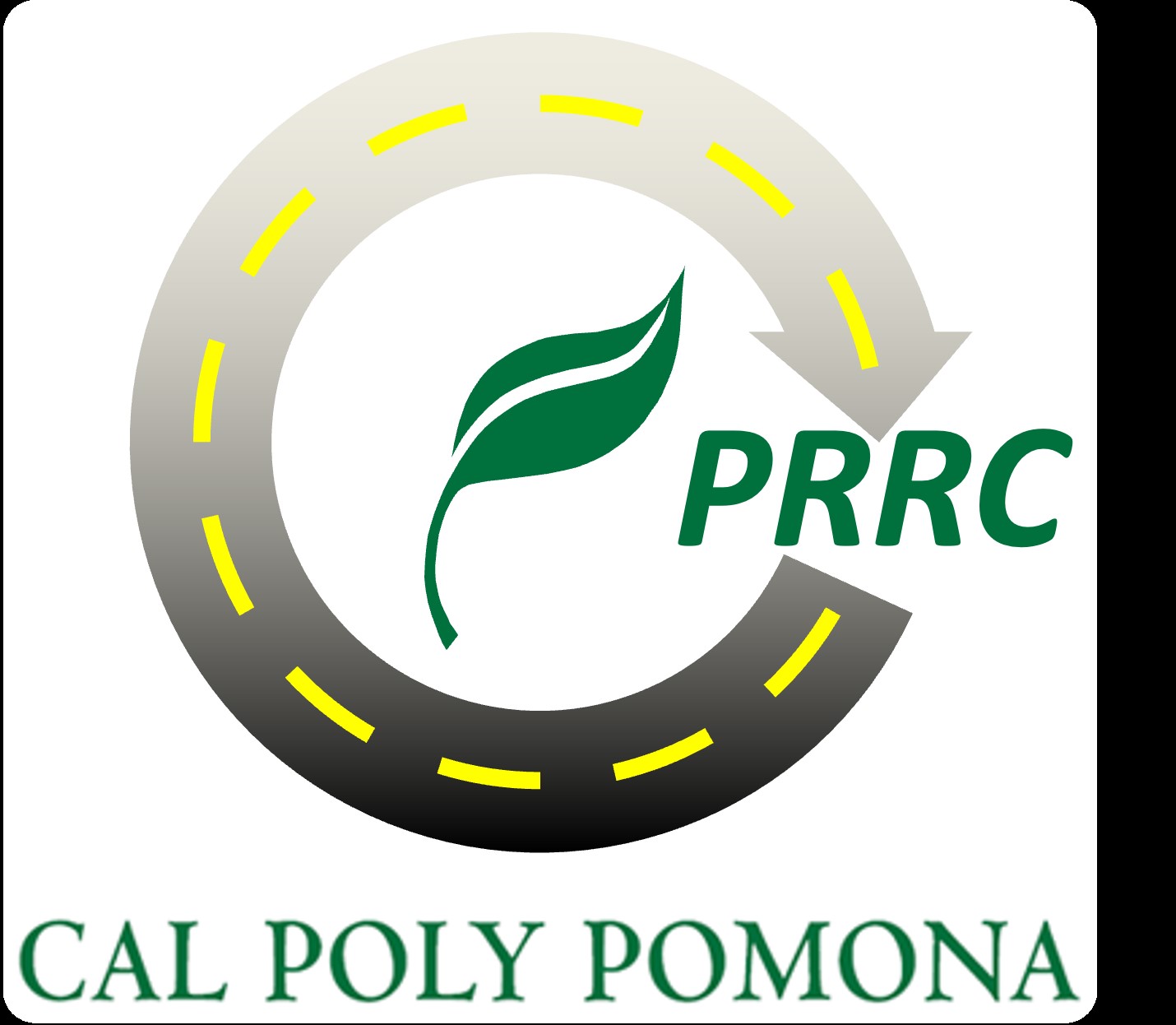RECYCLING & STABILIZING
ASSOCIATION OF CALIFORNIA
Building a sustainable future, one project at a time.
#URBANQUARRY
THE
RSA
About RSA
We are an Association of Contractors and Industry Representatives who are interested in rehabilitating and reconstructing roads by reusing the pavement materials bought and paid for by owners decades ago. We believe in innovation and furthering the use of in-place recycling on infrastructure projects statewide to improve safety, save tax dollars and reduce GHG emissions.
Educational Workshops
We partner with leading geotechnical engineering firms and cities or counties statewide to coordinate regional workshops. During these workshops we cover all things In-Place Recycling and Soil Stabilization giving the attendees a solid foundation to design, specify and inspect the following pavement rehab strategies:
Cold In-Place Recycling (CIR) also known as Partial Depth
Recycling (PDR)Cold Central Plant Recycling Full Depth
Recycling (Reclamation)Soil Stabilization (Lime or Cement Treatment of Soils)
If you are interested in attending one of our events, click the link below. If you are interested in hosting an event please reach out to jojo@keithdunnconsulting.com
EDUCAT ION
What We Offer
Our Contractor Members are leaders in pavement recycling methodology statewide and nationally. Please reach out to us for support if you are interested in using these strategies.
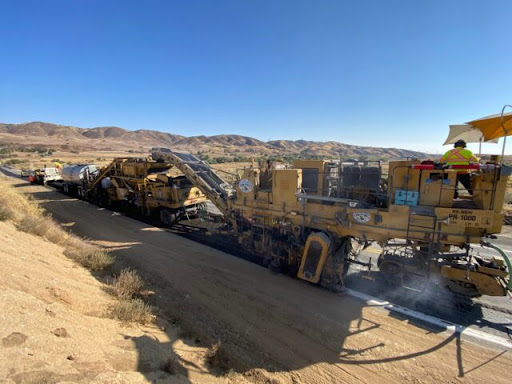
Cold In-Place Recycling (CIR)
A cost-effective, long-lasting, greener alternative to conventional maintenance and rehabilitation techniques. Cold In-place recycling (CIR) is a process that cold mills and recycles the top 2-5 inches of asphalt using a continuous train operation. Through the complete reuse of existing material, CIR greatly reduces trucking, time and natural resources to significantly lower project costs. Generally, any road that is a candidate for mill & fill is a candidate for CIR.
20%-50% Cost Savings, Reuses 100% existing Pavement materials 20-40% faster

Cold Central Plant Recycling (CCPR)
CCPR is the process in which the asphalt recycling takes place at a central location using a stationary cold mix plant and stockpile of RAP. This is an appropriate method when an existing pavement cannon be in-place recycled due to logistical reasons or must be removed to allow treatment of underlying materials. Pairs well with FDR in a multi layer/inverted pavement structure.

Full Depth Recycling
A cost effective, long-lasting greener alternative to deep rehabilitation or removal and replacement techniques. Full Depth Recycling is an engineered rehabilitation technique in which the full thickness of the asphalt pavement and a predetermined portion of the underlying materials (base, subbase and/or subgrade) is uniformly pulverized and blended to provide an upgraded, homogeneous material. The Reclaimed materials may be improved and strengthened by using a mechanical, chemical or bituminous stabilization. FDR isnt only for roads in poor condition, it is also a viable design process for increasing the structural capacity of a pavement in good condition.
40%-80% less expensive than conventional techniquesReuses 100% existing materials Trucking reduction of 40:1Structural loading capacity improvement
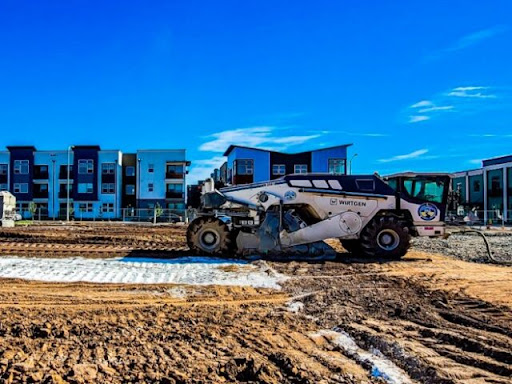
Soil Stabilization
Often, subgrade soils are too wet, exhibiting poor workability and lacking sufficient strength to support construction equipment. Chemical additives such as lime, and cement can be added to these soils to dry and improve the workability of the soil.
Soil Stabilization refers to the process of adding and mixing the above chemical agents into the soil to not only dry the soil, improving workability, but also reducing the plasticity index (PI) and shrink/swell potential. These improvements often result in a slight increase in shear strength of the soil. By using Cement or lime chemicals a significant strength increase can be achieved thus improving load bearing capacity of subgrade to support pavements and foundations.
20%-40% cost savings compared to removal and replacement 100% reuse of existing materials Reduction of trucking

WE CAN HELP YOU!
If you need guidance in value engineering your pavement rehab project or would like feedback on specifications, design guidance, construction logistics support, please contact us!
If you need guidance in value engineering your pavement rehab project or would like feedback on specifications, design guidance, construction logistics support, please contact us!
NEED HELP?

Follow us
© Copyright . RSA California. All rights reserved.
